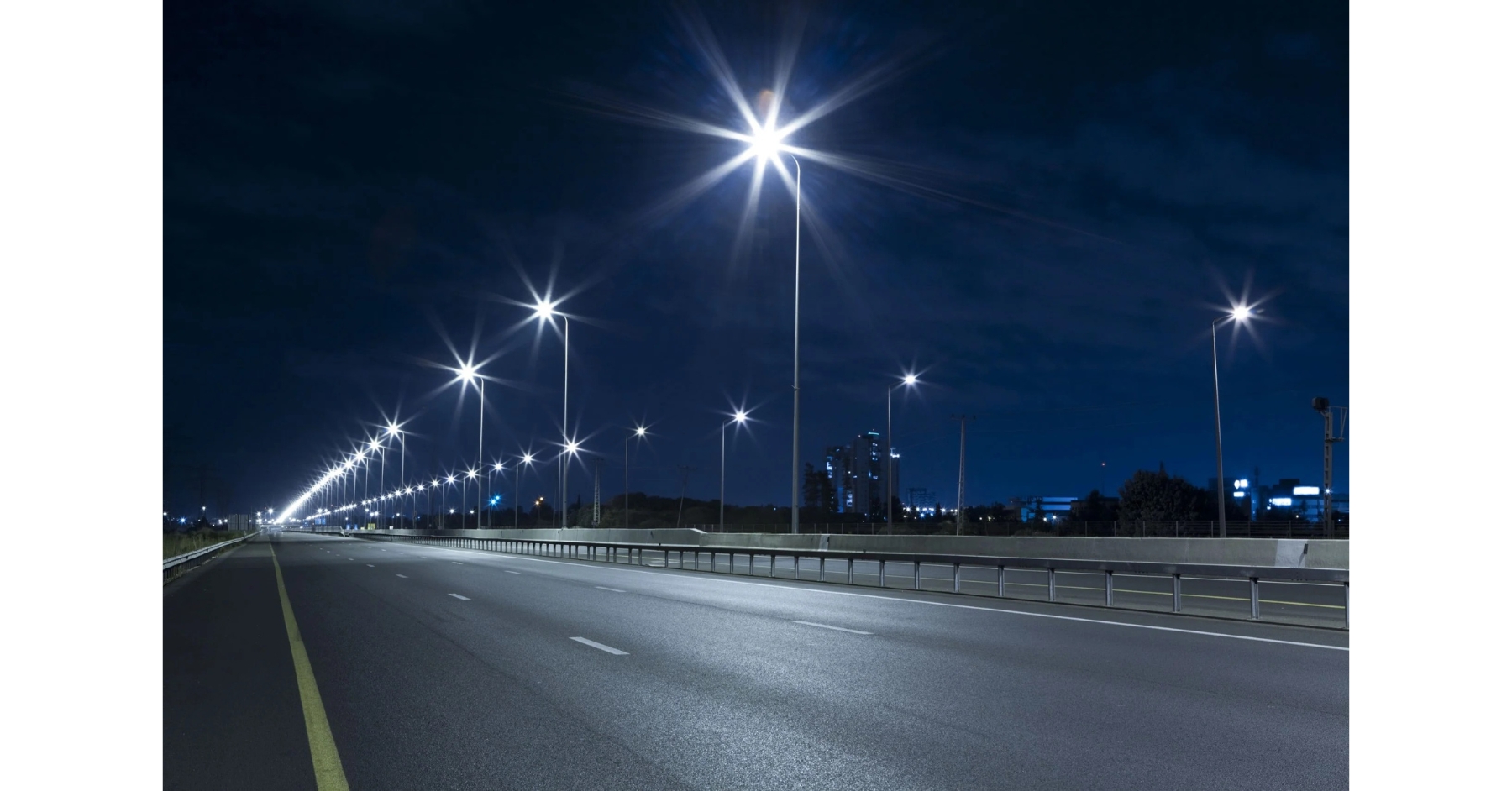Improving road safety, reducing maintenance and limiting light pollution are all top priorities for those designing new highway lighting installations. But as times get tough, lighting solutions must get tougher to ensure a fast return on investment.
LEDs are durable, sustainable and cost-effective, making them a popular choice for today’s highway lighting installations. The internet of things (IoT) has also shaped the current landscape, facilitating the remote monitoring and dimming of lights as well as the communication of data in smart lighting projects.
Forward-thinking organisations and individuals are jumping at the chance to implement such cutting-edge solutions, but with new technology comes new technical requirements that can prolong and complicate lighting projects. Miss the mark, and you risk not getting approval for your plans, meaning wasted time and money.
So, it pays to be in the know…
That’s why we’re here to tell you all about the latest industry lighting standards to ensure you get the approval you need for your next smart highway lighting project.
A LESSON IN THE LATEST BRITISH LIGHTING STANDARDS
Like any industry regulations, lighting standards are updated whenever industry changes call for it. This just so happened to have been in 2020, when BS 5489 was released in response to the new lighting landscape, providing recommendations for specific lighting installations.
These lighting standards ensure new lighting installations on roads and in public spaces are safe, secure and up to par — covering everything from the siting of lighting columns and the effect of trees to different arrangements for single or dual carriageways, dips and the crests of hills.
From engineers to surveyors (as well as lighting design consultancies, just like us!), anyone working on a lighting project needs to be up to speed on these standards. For today’s highway lighting installations, BS 5489 provides the following recommendations…
Keep it classy
Designers should ensure their lighting is a positive addition to the appearance of the installation site, especially on places like monumental bridges. Colour temperature will play an important role in achieving an aesthetically pleasing final product.
Give power to the pedestrians
Care should be taken to make sure areas of passage for pedestrians and cyclists are clear and bright — keeping people safe and, in turn, encouraging them to opt for more eco-friendly modes of transport.
Cut the environmental impact
According to the new standards, designers should look to reduce the environmental impact of their lighting installations by dimming or turning them off when possible, using technology like adaptive lighting.
Protect the natural ambience
Lighting designers should also limit light distribution to where it’s strictly necessary to prevent rural areas, nearby residents and local wildlife from being disturbed. To minimise upward light, it’s essential to work with ecologists, as well as provide bat corridors if bats forage near your project.
Don’t scrimp on sustainability
Sustainable solutions might cost more upfront, but they could cost less over their lifetime than less-sustainable alternatives. Plus, they’ll be better for the environment! This applies to the product’s entire life cycle (including disposal).
Working with us is a great way to ensure your next lighting design project meets the latest BS 5489 standards and is granted approval. We provide top-notch lighting design services and have helped support a number of successful highway lighting projects. Just drop us an email at info@dfl-uk.com or call +44 (0)1962 855080 to find out how we can help!























